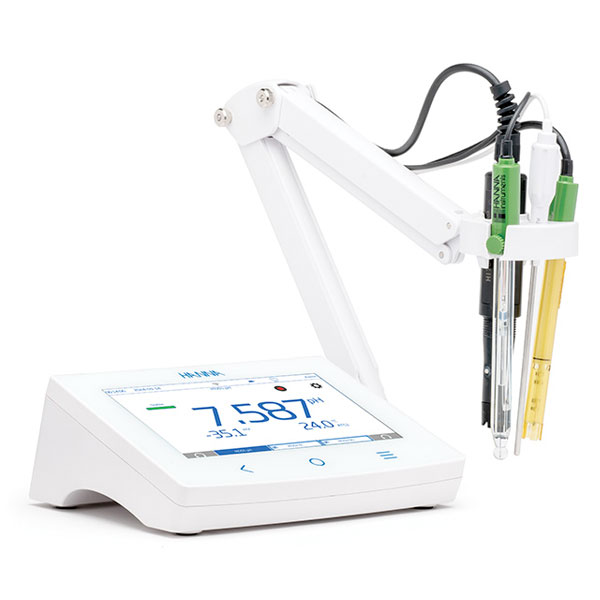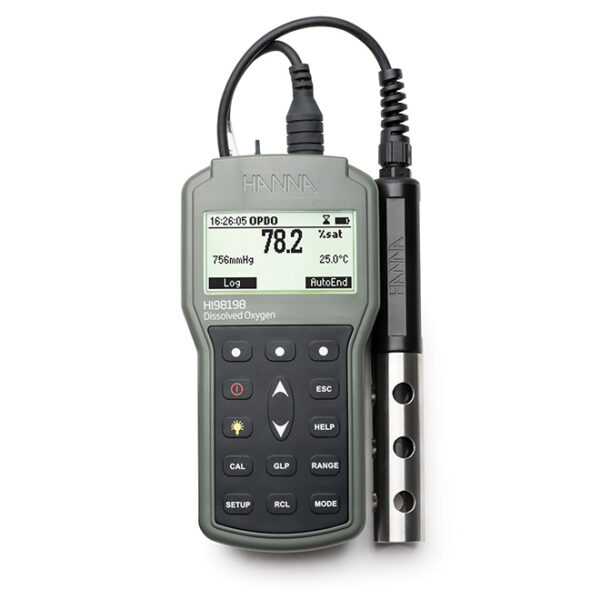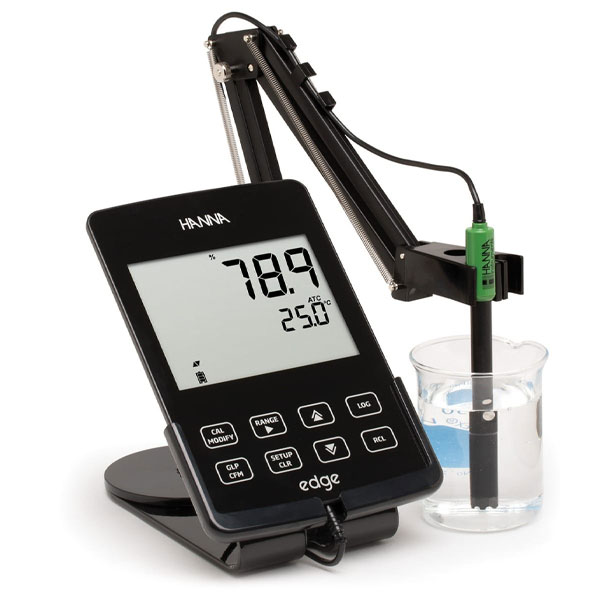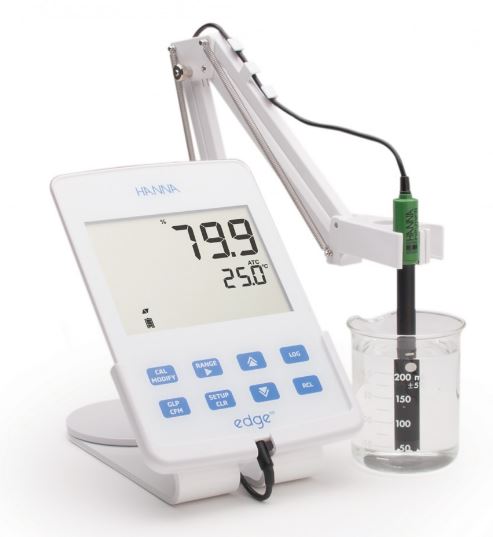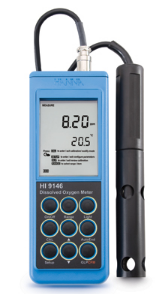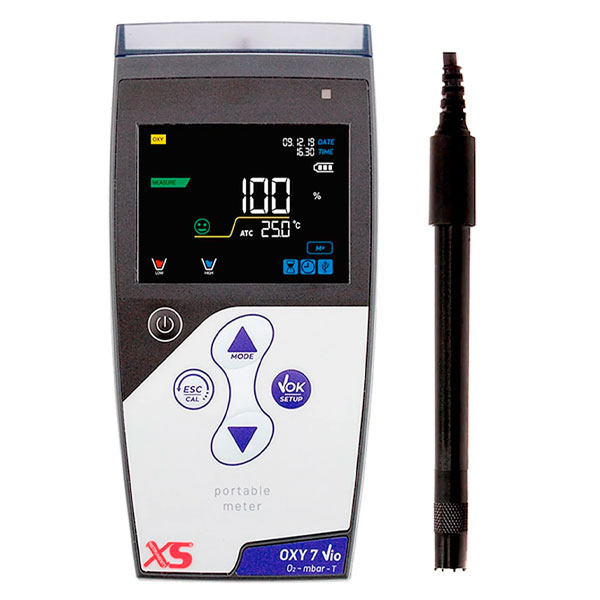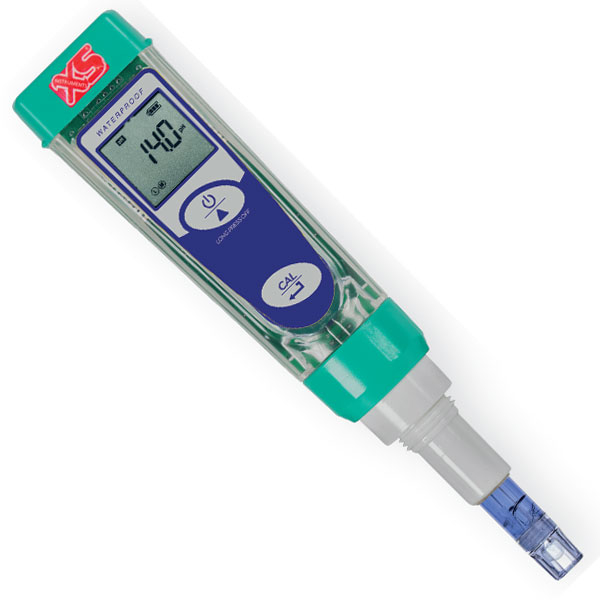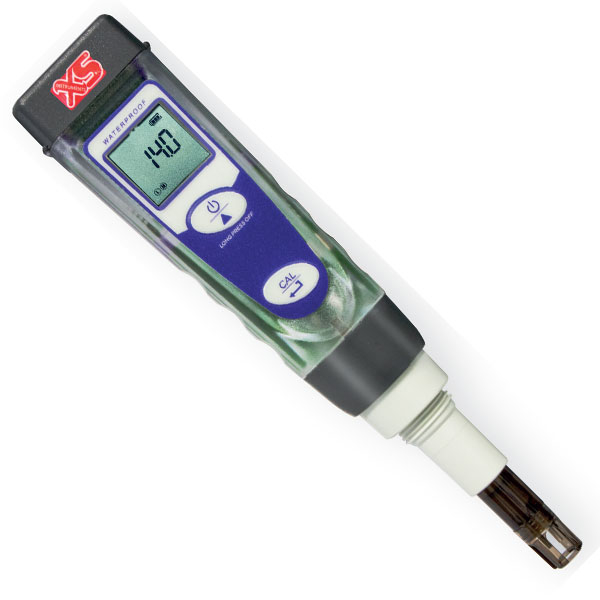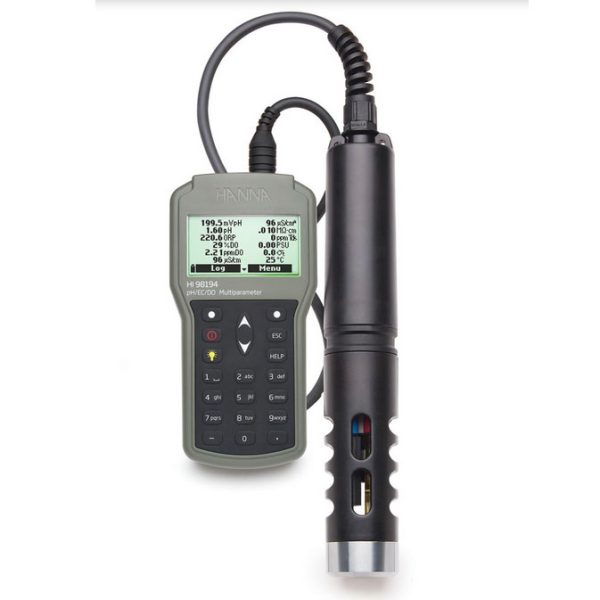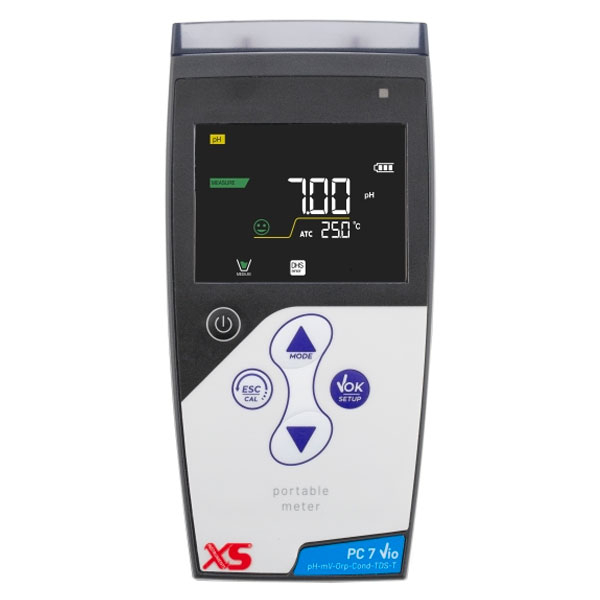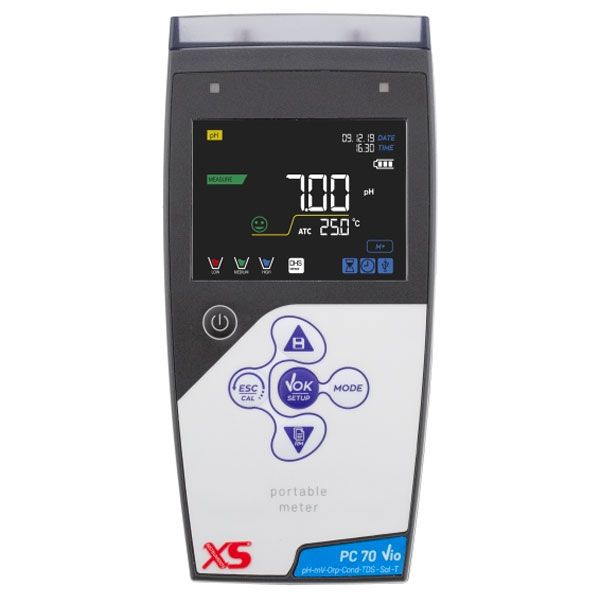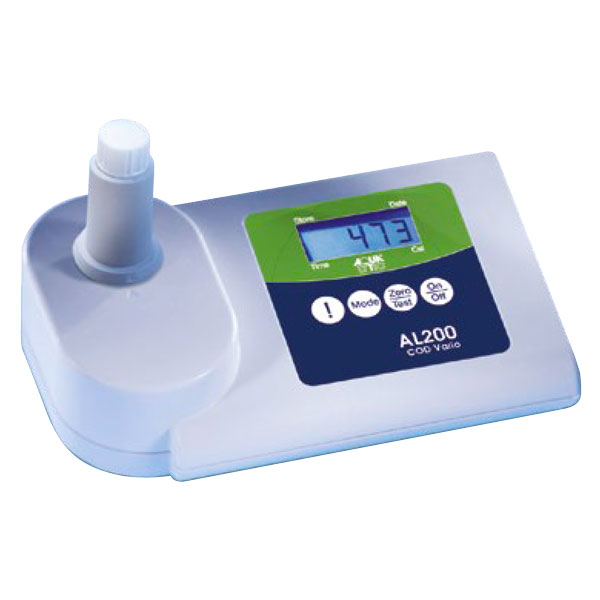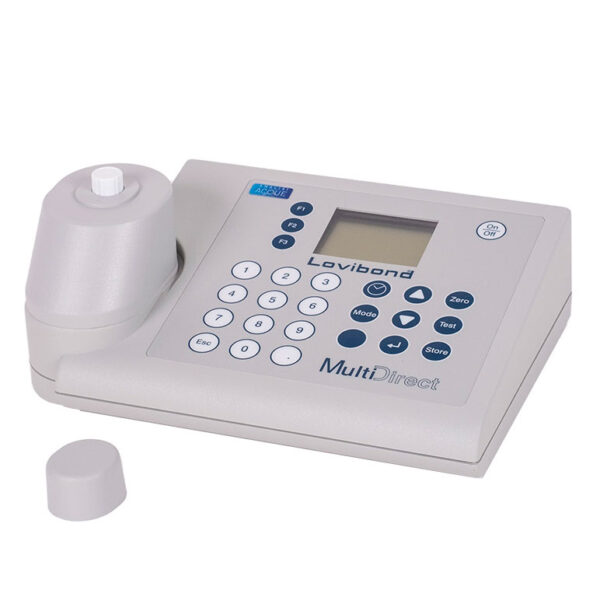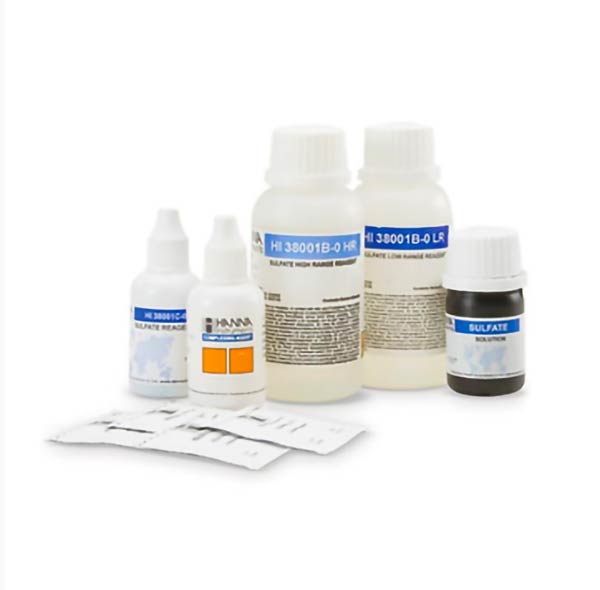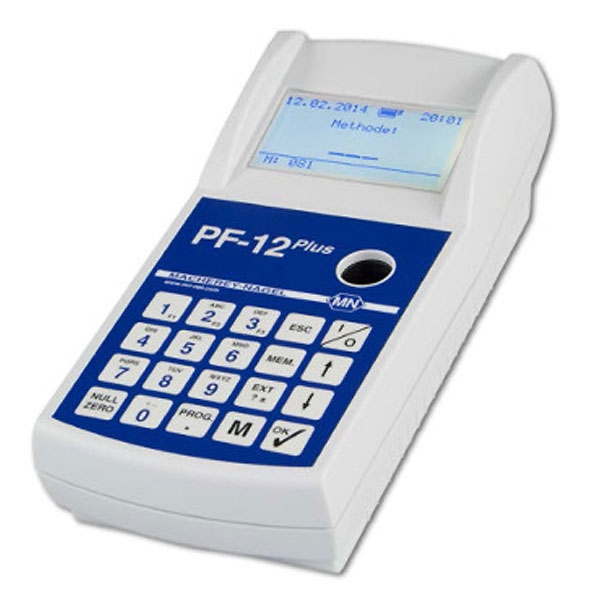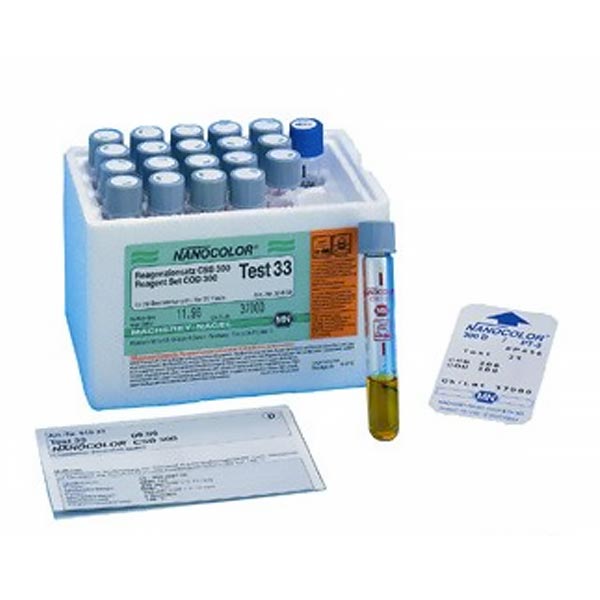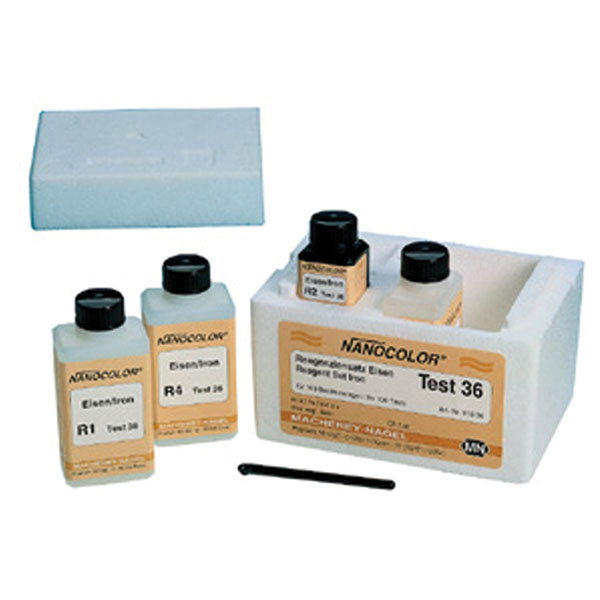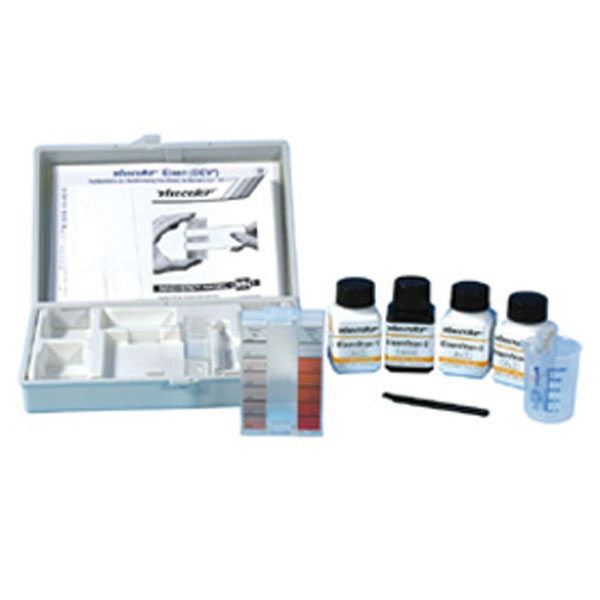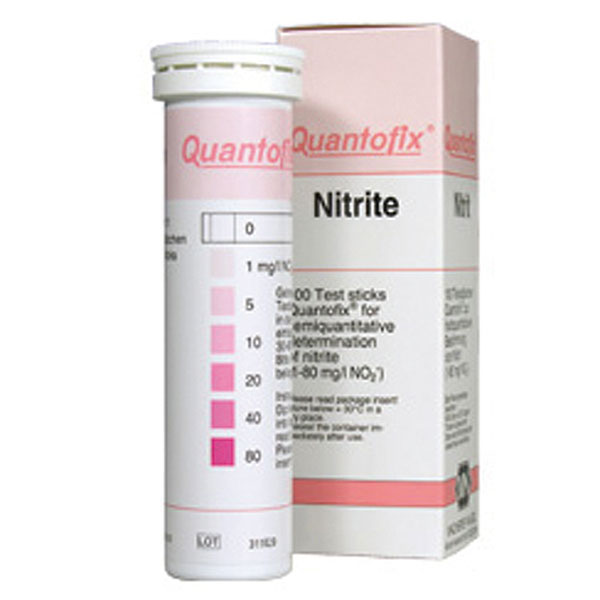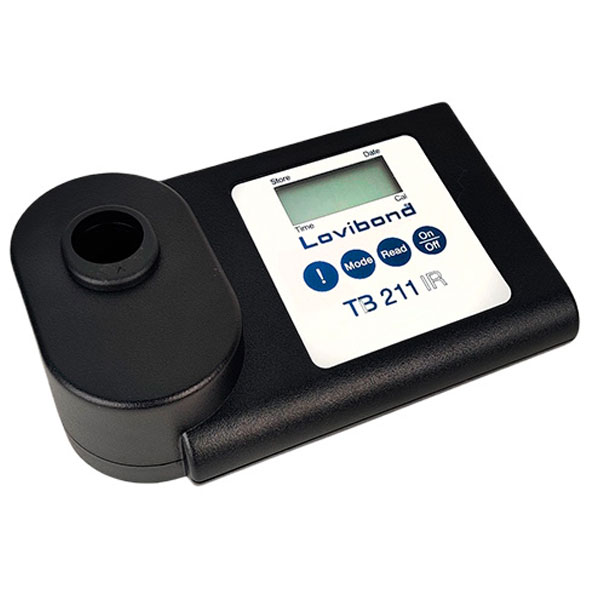Environmental analysis is the term that aims to take into account all the factors of change and issues relating to the quality of a site.
The causes of change in an environmental situation are various:
.
- Quantitative elements (pollutant emissions, waste, raw material consumption, energy consumption, dispersion of water and natural resources, noise);
- Quality elements (odours, vibrations, visual impact).
Production activities established in the area must keep under control all the factors of environmental change that inevitably influence external factors.
The activities have an influence on the quality of air, soil, water, vegetation, fauna. But above all, environmental analysis aims to maintain the quality of the people who live and work in that area.
Initial Environmental Analysis
The Initial Environmental Analysis includes:
This analysis will be the reference for defining the objectives and the procedure for achieving them, as well as for activating the management system that takes all elements into account. A correct management of the environmental impact of an activity must take into account all the factors related to it so that the relevance of each factor is not overlooked.
The tools for a correct environmental analysis
The tools for environmental analysis are divided according to the object of analysis. In detail:
Water Analysis
Among the main instruments for water analysis of great importance are those for checking the presence of metals in water. Important are photometers and mineralisers. Other devices are those for atomic absorption, analysis of the presence of mercury, and incubators for microbiological analysis.
Also of great use are temperature control devices.
These instruments are also of great importance.
There are also instruments for measuring the amount of ozone in water that operate according to the DPD method, these instruments are used in laboratories and industrial processes.
Air Analysis
.
Air quality control is an issue that people are increasingly sensitive to, both as citizens and in the interest of public administrations. Companies, too, have an interest in preventing possible environmental impact problems.
The presence of toxic substances in the air is the main focus of analysis.
Colaver can provide modern equipment for sampling and analysis of chemical and microbiological pollutants.
Atmospheric Emissions
Sampling in accordance with official methods and standards recognised by the competent bodies.
The examination serves to verify the presence of pollutants emitted into the atmosphere and compliance with the legal limits for the various chemical pollutants imposed by sector regulations and/or authorisations in force.
Working Environments
Analysis of micropollutants (dusts, fumes, vapours, etc.) dispersed in the air of work environments and the presence of radon gas.
Waste Analysis and Classification
.
To comply with current regulations, it is necessary to classify waste according to specific categories. In certain cases it is necessary to carry out specific analyses to determine the classification of a waste.
Wastes
The analysis of substances in a soil is particularly useful in agriculture, the wine industry and the horticultural industry.
Multiple soil samples are collected at a depth of approximately 40 centimetres. The analysis laboratory uses specific instrumentation to analyse the sample.
The pH, nitrogen, phosphorus and potassium tests are among the most widely used.



